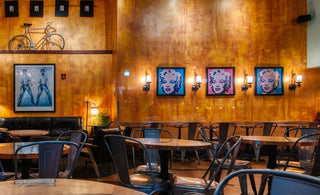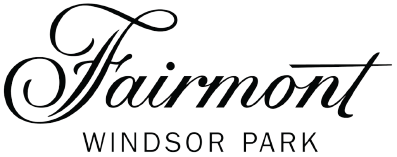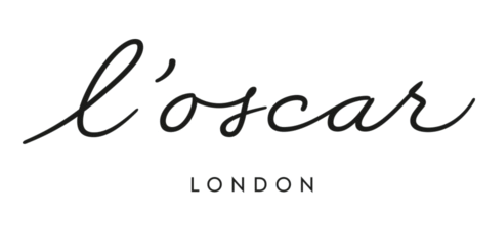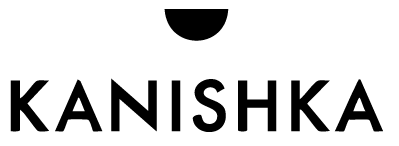
Pinpointing the definition of contemporary art can be difficult, and many experts have different opinions on when exactly the contemporary art era began.
What exactly does contemporary art mean, and what art styles does contemporary art cover? That’s what we’ll be exploring today.
In this blog, we’ll be exploring the ins and outs of contemporary art including artistic styles such as pop art and street art. Read on to learn more about the contemporary art scene.
What Does Contemporary Art Mean?
At its core, contemporary art refers to art being produced today. This can include sculpture, photography, video art, performance art, and of course, painting. But how do you define contemporary art?
The Tate defines contemporary art as a term used loosely, referring to art of the present day or recent past. However, the exact meaning of contemporary art can be difficult to define, and there is confusion as to what constitutes ‘today’. This means the exact starting point of the contemporary art scene is widely debated.
Many art historians consider contemporary art as any artwork produced in the late 20th and early 21st centuries. This includes the time period of the late ‘60s and early 70s - making that an estimated beginning of the contemporary art scene. In the 20th century, the social, political and technological landscape saw many changes; and contemporary art emerged as a response to this.
Unlike traditional art movements that adhered to specific styles and techniques, contemporary art embraces many mediums. Contemporary artwork encompasses a broad range of styles, themes, and ideas. So, what exactly is contemporary art? One of the defining characteristics of contemporary art is its emphasis on conceptual exploration.
Contemporary artists work to push the boundaries of what art can be. They are driven by ideas and challenge people to engage in conversation. The process, the concept, and the message often hold equal importance to the final artwork itself.
Is Contemporary Art The Same as Modern Art?
No, contemporary art is not the same as modern art - modern and contemporary art are two different artistic periods. However, the two periods may slightly overlap. Modern art refers to artwork created from around the 1860s or 1880s to the late 60s - although some experts believe it ended in the 1950s.
Contemporary art, however, began in the late ’60s and continues to this day. Any art made after the modern art movement, whether it be pop art, conceptual or minimalist art, is considered contemporary art. Some artwork that is contemporary can also be seen as mixed media art. Click here to learn more.
Major Contemporary Art Movements
Because contemporary art has spanned over five decades, it includes many artistic movements and styles, including pop art, conceptual art, minimalism, street art and more.
Pop Art
Pop art is one of the most popular forms of contemporary art. This style of art emerged in the 1950s as a reaction against the elitism of the art world. Pop art, as suggested in the name, celebrates popular culture and mass media.
Pop art usually features bold colours and recognisable images or subjects - for example, contemporary artist Andy Warhol’s ‘Campbell's Soup Cans’ or Marilyn Monroe prints. Warhol was one of the leading names in the Pop Art movement, recognised for capturing the vibrancy of popular imagery.
You can find out interesting facts about Warhol's art in this blog. The movement ended in the 1970s but was reborn in the ’80s as Neo-Pop Art.
Ultimately, Pop Art challenges the distinction between high and low culture and has a lasting impact on the contemporary art world. You can invest in pop art paintings through Grove Gallery.
Conceptual Art
The conceptual art movement emerged in the 1960s and typically refers to art produced from then until the mid-70s. In conceptual art, the idea is considered much more important than the final product; it explores the process and inspiration of the artist too.
Pop art ultimately helped to shape this art movement. Some conceptual artists you may be aware of include Damien Hirst and Marcel Duchamp. Although conceptual art is prominent in today’s art scene, the formal movement occurred in the late ‘60s and early ‘70s.
You may be familiar with Yoko Ono’s ‘Cut Piece’ (1964). This form of conceptual art encouraged the audience to cut off pieces of her clothing, exploring themes such as power and vulnerability. Ultimately, conceptual art challenges the ‘norm’ and encourages viewers to think outside the box.
Minimalism
The minimalism movement shares many similarities with conceptualism. It is a form of visual art that embraces simplicity; some see minimalist art as art in its simplest form.
A typical minimalist art piece features clean lines, geometric shapes and simple colours or a limited colour palette. Ultimately, minimalist art strips away all unnecessary details and conveys a sense of purity.
This, in turn, invites you to view the art on a deeper level and appreciate the beauty of form, materials and space. This encourages contemplation and appreciation of simplicity.
Street Art
Street art is an art form that has been around for centuries; street art has been found in ancient cities such as Egypt, Rome and Greece. However, it has seen a drastic rise in popularity since the 1980s.
This type of art often conveys social and political themes, whether it be through murals, graffiti or street art installations. Street art can also include posters, stickers, and even some forms of performance art.
Some iconic street art names include the likes of Jean-Michel Basquiat, Keith Haring and Banksy. For most street artists, street art is a way of expressing themselves. Street artist Stony, for example, dealt with ADHD and autism and used art as a way of channelling his energy.
Should You Invest in Contemporary Art?
Contemporary art can make a great investment. However, much like any art investment, it requires plenty of research and careful consideration. Be sure to approach art investments with knowledge and caution - the art market isn’t always predictable.
There are many benefits to investing in contemporary art - for example, art is a tangible investment. This means you can enjoy the art you invest in without decreasing its value. Likewise, art investment can make a great hedge against inflation; the art market typically remains stable in times of economic uncertainty.
At Grove Gallery, we can guide you through the art investment process. Invest in contemporary art today and generate between 8% and 12% profit per year (on average).






